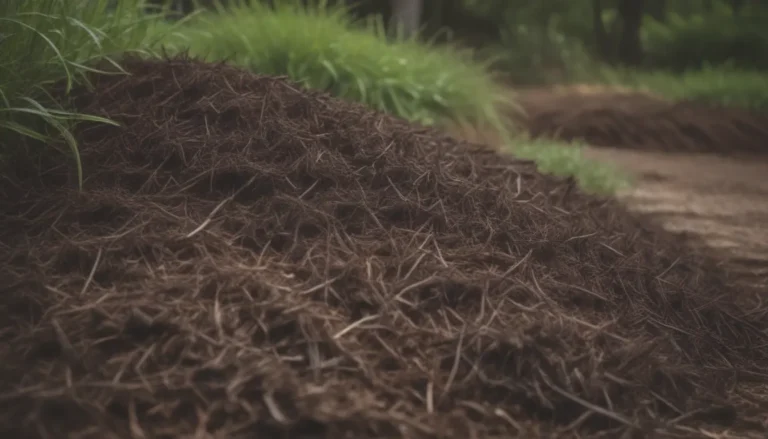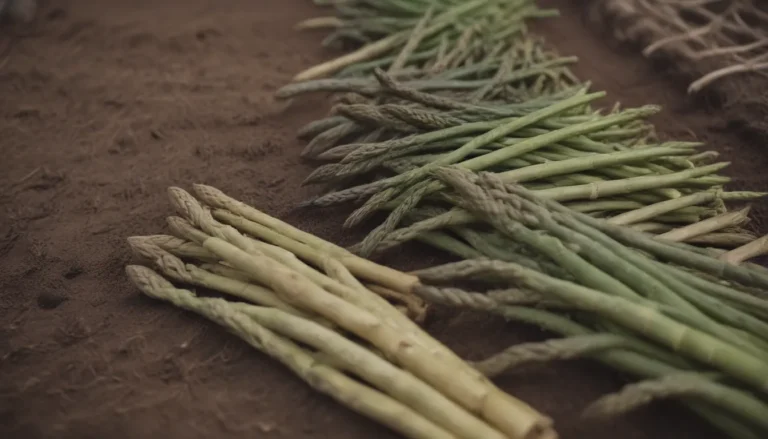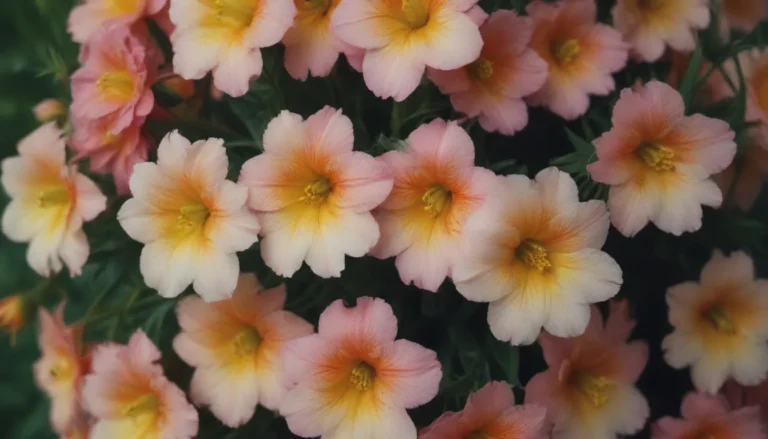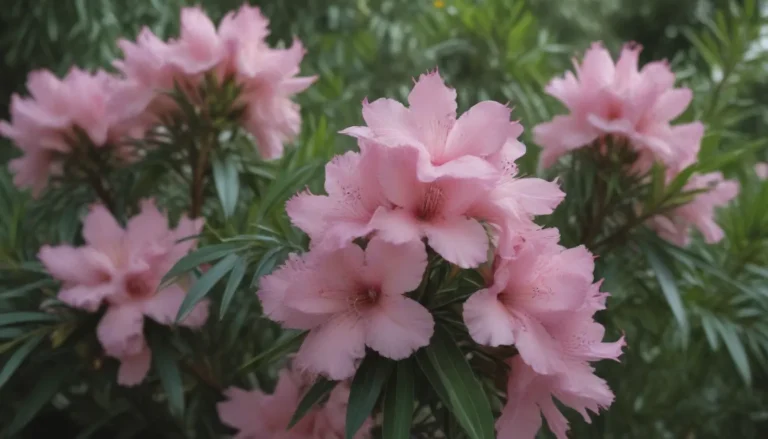Ultimate Guide to Growing and Caring for Lilac Bushes
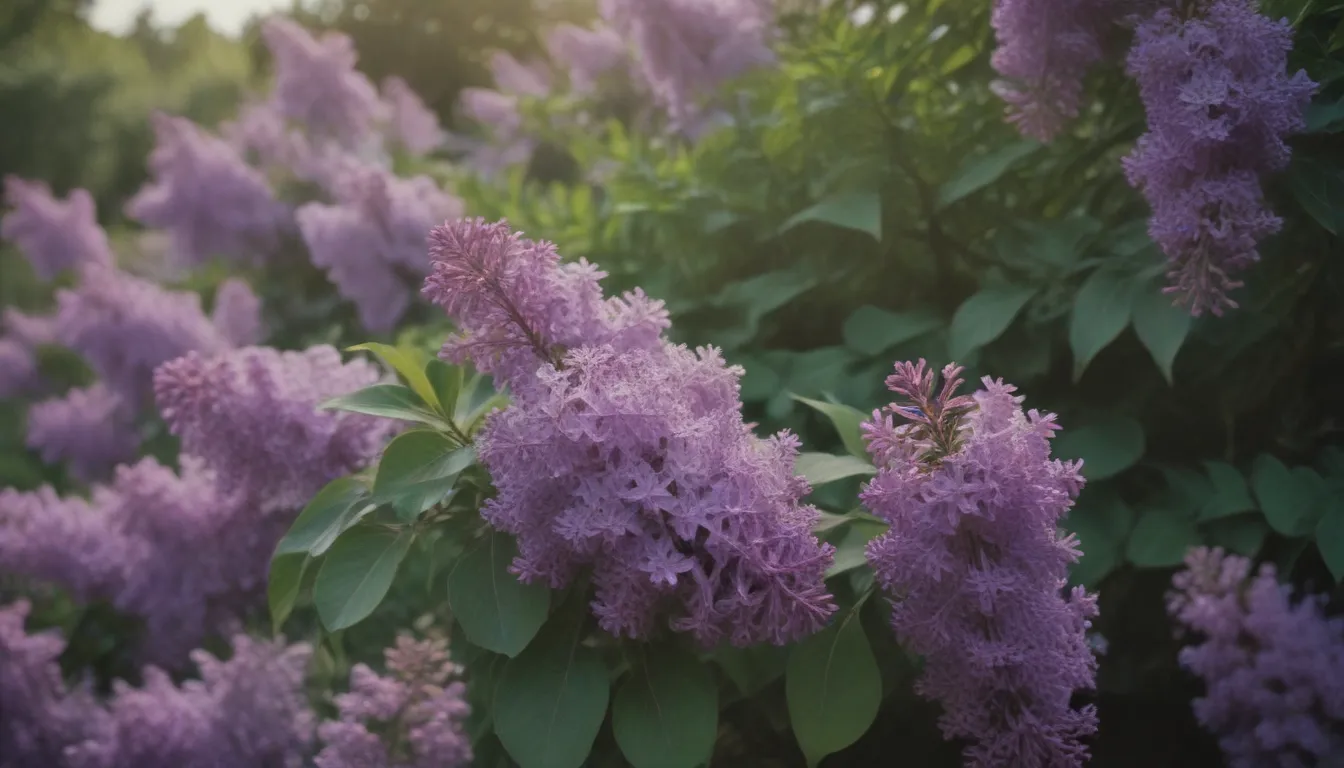
Welcome to the ultimate guide on how to grow and care for lilac bushes! Lilacs are beautiful deciduous shrubs that add a pop of color and fragrance to any garden. In this comprehensive article, we will explore everything you need to know about lilacs – from their different types to common problems and how to solve them.
So, without further ado, let’s dive into the world of lilac bushes!
Understanding Lilac Bushes
Lilac bushes, scientifically known as Syringa vulgaris, are native to Europe and belong to the olive family. These stunning flowering plants are known for their sweet fragrance and colorful blooms, which come in shades of magenta, purple, white, and green. Lilac flowers typically reach 2 to 5 inches in length and bloom in the spring, filling your garden with their delightful scent.
Why Choose Lilac Bushes?
- Fragrant blooms that add a touch of elegance to your garden
- Variety of colors to choose from
- Low maintenance once established
- Can be grown as specimen plants or focal points in the landscape
Essential Care Tips for Lilac Bushes
Once you’ve planted your lilac bush, here are some important care tips to help them thrive:
Light
- Ensure your lilac bushes receive at least six hours of direct sunlight daily.
- Avoid planting them in full shade, as it can limit blooming.
Soil
- Plant lilac bushes in rich, loamy soil with good drainage.
- Compost can be added in the spring to enrich the soil.
Water
- Keep the soil lightly moist, especially for young plants.
- Water mature plants only during periods of drought.
Temperature and Humidity
- Lilacs prefer cool summers and are not ideal for hot, humid climates.
- Protect them from bitter cold winds to prevent damage to flower buds.
Fertilizer
- Use a balanced fertilizer in the spring to promote healthy growth.
- Avoid high nitrogen fertilizers, as they can impact blooming.
Types of Lilac Bushes
There are several types of common lilac bushes, each with its unique characteristics and appearance:
- ‘Miss Kim’ (Syringa pubescens subsp. patula)
- Japanese Tree Lilac (Syringa reticulata)
- ‘Wedgewood Blue’ (Syringa vulgaris)
- ‘Yankee Doodle’ (Syringa vulgaris)
- ‘Belle de Nancy’ (Syringa vulgaris)
- ‘Madame Lemoine’ (Syringa vulgaris)
- ‘Primrose’ (Syringa vulgaris)
Pruning and Propagating Lilacs
Pruning
- Prune lilacs just after flowering to promote healthy growth.
- Thin out the growth and remove old branches for better air circulation.
- Avoid over-pruning, as it can lead to failure to bloom.
Propagating
- The best method for propagating lilacs is through offshoots.
- Propagate in late spring to early summer for the best results.
Dealing with Pests and Diseases
While lilac bushes are generally hardy, they can be susceptible to a few pests and diseases:
- Powdery Mildew: A fungal disease that affects lilacs. Treat with natural remedies or fungicides.
- Scales and Borers: Common pests that can damage lilac foliage. Treat with neem oil or insecticide.
How to Encourage Blooming
To ensure your lilacs bloom beautifully each year, here are some tips:
- Plant in full sun for fragrant flowers.
- Ensure the soil is lightly moist.
- Consider planting multiple varieties for a longer blooming period.
Common Problems and Solutions
While lilacs are relatively low-maintenance, they can encounter a few common issues:
- Poor Flowering: If your lilac is not blooming well, try rejuvenation pruning.
- Leaves Turning Brown: This could be due to various factors, including bacterial blight. Correct the plant’s environment and remove infected foliage promptly.
Additional Tips for Growing Lilacs
- Propagate new lilac bushes through offshoots.
- Avoid planting lilacs too close to structures to prevent overcrowding.
With these tips and information, you can grow and care for your lilac bushes like a pro! Remember to provide them with the right conditions, regular maintenance, and enjoy the beautiful blooms and fragrant scent they bring to your garden.
